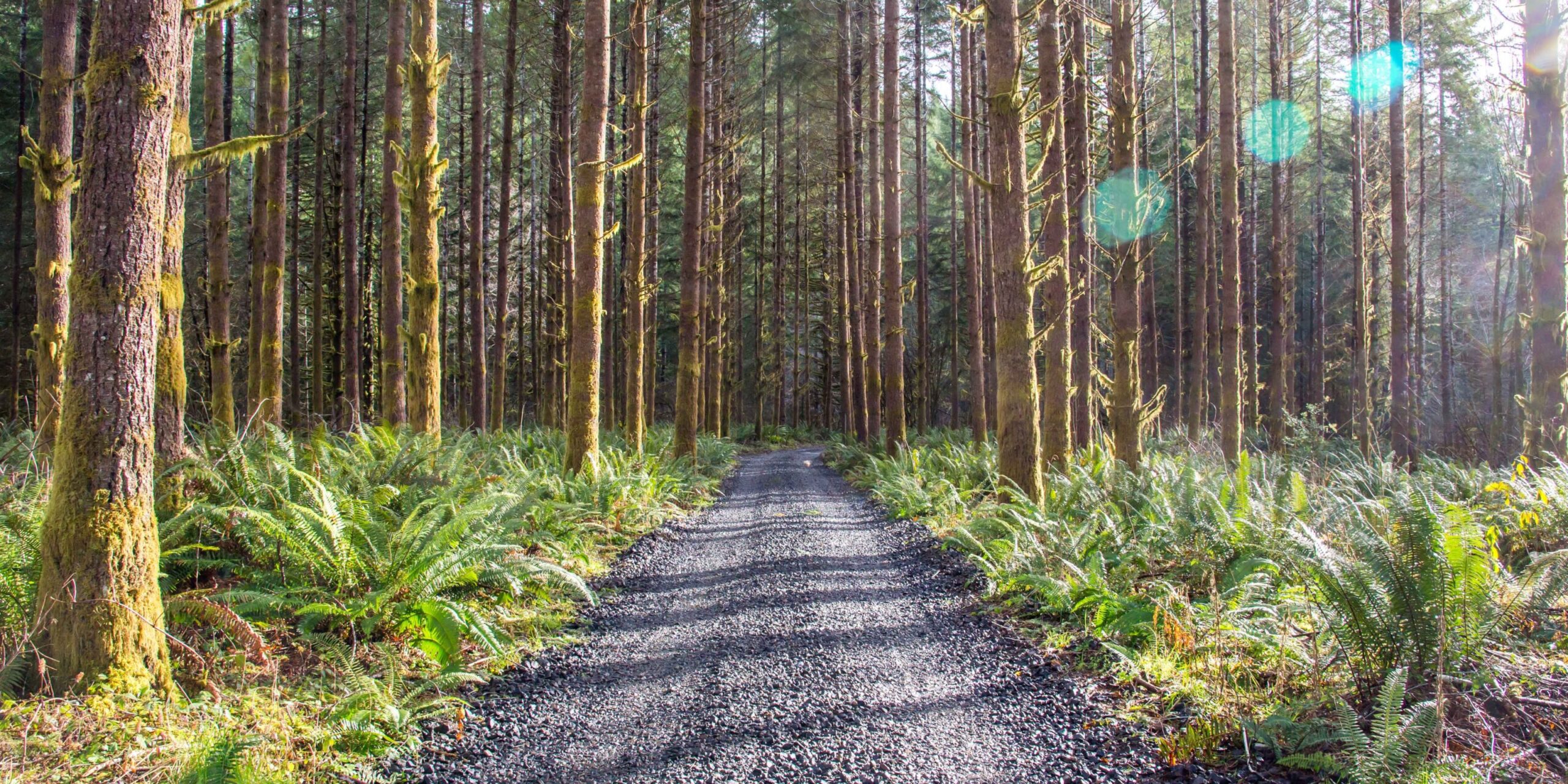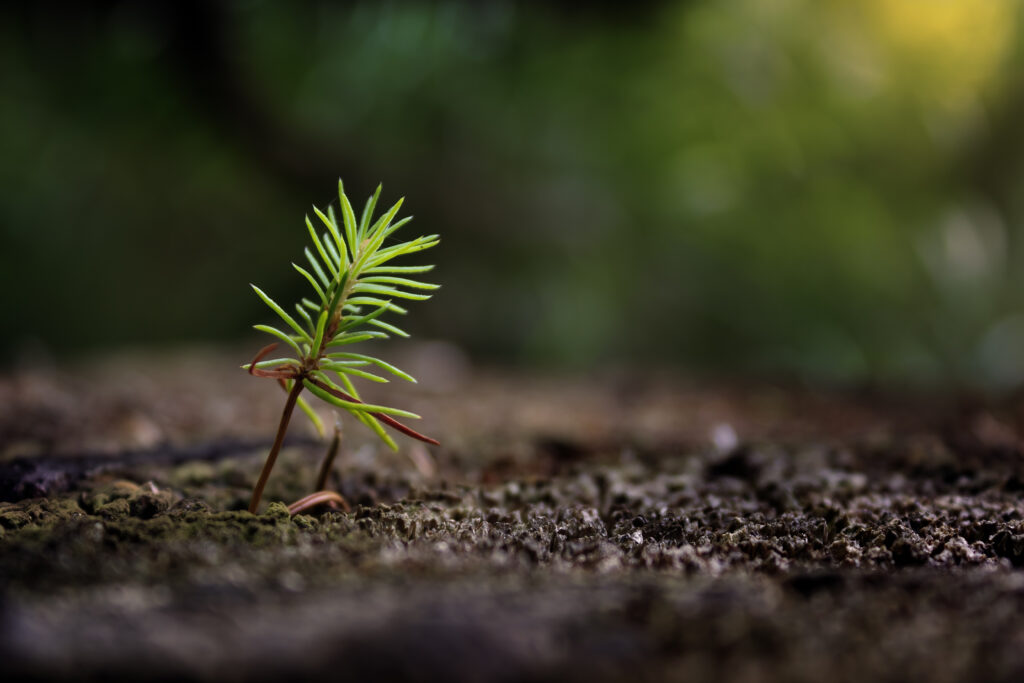
Work. Play. Renew.
For Us, Every Day is Arbor Day

Arbor Day is an annual celebration of trees and the importance they play in our lives. It is a day to appreciate the benefits of trees and to encourage people to plant, care for, and appreciate them. This year, Arbor Day is Friday, April 28th.
Oregon is known for its beautiful natural landscapes, including vast forests, rivers, and mountains. Trees play a crucial role in maintaining these natural habitats and provide numerous benefits to the state and its residents. They improve air quality, reduce noise pollution, clean our water, provide shade and shelter, and help regulate the climate.
Arbor Day is celebrated throughout the country in a variety of different ways: from tree-planting events and ceremonies, to educational events, to other community activities. The Arbor Day Foundation estimates that, on average, it distributes and plants more than 10 million trees each year.
Oregon has a rich history of celebrating Arbor Day. As a state, Oregon celebrates trees for an entire week in the beginning of April, with many cities hosting their own celebrations. The state has numerous organizations that work to promote tree planting and conservation efforts.
The forestry industry is one of the state’s largest industries, employing more than 60,000 people and generating more than $18 billion in economic activity each year.
For us, the care of trees is a 24/7 activity.
For every tree harvested, we plant three new trees. We estimate that we plant 40 million trees each year.
And planting new trees isn’t limited to just a day or a month. In fact, most of those 40 million trees start growing in a nursery years before they’re hand-planted on the forest floor, which gives them the best chance of long-term survival. First, cones are handpicked from orchard trees, and then seeds are hand-sewn, watered and placed in the greenhouse to sprout. After the seedlings germinate, they’re transferred to open-air greenhouses for a year, and some are transplanted into the nursery beds for foresters who want larger seedlings before heading out to the woods. The whole process, starting from seed, takes four years before the seedlings even make it to their ultimate destination in the woods.
The forestry industry takes the health and longevity of our forests very seriously. We are responsible for managing and maintaining these forests, ensuring their health and sustainability for future generations. We do this, not only because it’s the right thing to do, but because our forests play a vital role in the state’s ecosystem, providing clean air and water, habitat for wildlife, and recreational opportunities for residents and visitors.
Many rural communities in Oregon rely heavily on the forestry industry for their economic stability and livelihoods. The industry provides jobs, income, and other benefits to these communities, helping to support local businesses and services.
Overall, Arbor Day is a special day in Oregon that highlights the importance of trees and encourages people to take action to protect and preserve them. It is a day to celebrate the natural beauty of the state and to work towards a more sustainable future. Whether it’s planting a tree, participating in educational events, or supporting organizations that promote tree conservation efforts, there are many ways to get involved and make a difference. We encourage everyone to learn more about how trees shape our state’s climate, economy and recreational activities at oregonforestsforever.com.
[/et_pb_text][et_pb_code _builder_version=”4.19.2″ _module_preset=”default” hover_enabled=”0″ sticky_enabled=”0″][/et_pb_code][/et_pb_column][/et_pb_row][/et_pb_section]